|
Most people think of their pets as members of the family. So, it only natural to consider them when designing your new home. This week I have 9 quick tips for designing a pet friendly home. 1. In the rooms where you think your pets will spend most of their time, choose glossy or semi-gloss paint or tile, which are easy to wipe down if they get stained or wet. 2. Add a Pet Station in the laundry room, mudroom, or near the door where you will most often take your pet out. Include storage cabinets that are specifically for your pet’s treats, litter, brushes, toys and other items. Add pull-out bins for pet food and hooks for leashes. If you have the space, you can add an elevated dog wash (elevated because that easier on your back), or a large sink with a spray handle for a quick rinse off muddy paws or for pet baths. If you need to put a litter box in this area, consider adding an exhaust fan to remove odors. 3. Choose durable, slip resistant flooring such as luxury vinyl flooring, laminate flooring, concrete, stone or porcelain or ceramic tiles. Not only are those types of floors durable, but they are cooler than carpet, which is a benefit if you live in a warm climate and have a pet with a long or thick coat. 4. If your dream is to have real hardwood floors, get ready for the patina (which is a nice way of saying wear and tear) that comes with pets walking on real hardwood. Expect some scratches and dents. To make scratches and dents less noticeable, choose hardwood floors that have a matte or low sheen finish since glossy floors readily show defects. You’ll want to choose floors that are hand scraped or distressed in some way, so that the scratches and scrapes from your pet will blend in with the original pattern of the floor. If you go with real hardwood, you’ll need to clean up your pets’ puddles soon after they’re made to keep hardwood floors from staining and warping. Pick harder wood species such as oak or mahogany and avoid soft wood species that are easier to damage, like pine and fir. 5. If you’re going to have carpet in your home, choose a tone that’s not too light and close to the color of your pets fur. That way stains and shedding are less noticeable. Carpeting might not be the ideal flooring for pets, but there are some benefits. It’s a non-slip surface that provides comfortable padding for your pets as they walk and nap. And, in contrast to hard flooring, you won’t hear the footsteps of your pet walking on carpet. So your home will be quieter. Choose a stain-resistant low-pile carpeting so accidents are easier to clean up. And pay extra for anti-microbial, moisture-resistant padding to protect the underlying floor. Another option is to choose carpet tiles instead of traditional rolls of carpeting. That way, if a few carpet tiles are stained badly, you can simply replace just those tiles without having to replace the entire room of carpet. Remember to buy a few extra carpet tiles to hold onto as future replacements. 6. Like carpeting, upholstered furniture should be stain resistant (pay extra for scotch guard protection), durable and close to the color of pets fur, but not too light in color. You might consider slipcovered furniture so you can toss slipcovers in the wash when soiled. Or pick tough fabrics like microfiber, also called ultra-suede, leather, and even outdoor fabrics. These fabrics are durable, but not indestructible. They can be punctured. So keep pets nails trimmed regularly. And if you choose leather, remember that it can be scratched, so only choose leather if you can live with furniture that shows patina. Look for top grain, semi-aniline leathers which are more durable than full aniline leathers. 7. If you have cats, get a cat-scratching post to discourage your cats from clawing on carpet, furniture, and drapes. And place the post in the spot where your cat usually does his clawing. 8. Design your house with a least one large window that your pet can sit in or under to see outside. A glass door will also give your pet a nice view. Looking out of windows is a favorite pass time for both cats and dogs, so give them a place where they can enjoy the outdoors from inside. 9. Install a Magnetic or Electronic Doggie Door. This is a great doggie door option if you’re worried about other animals or intruders getting in, or small children getting out. These magnetic or electronic doors work in conjunction with your pet’s collar. The door only unlocks and opens when your collared pet approaches the door. It’s probably no surprise to you that the fancier electronic door is more expensive than the magnetic door and that both the magnetic and electronic doors are more expensive than standard doggie door, but the piece of mind that come with the extra security is probably worth the extra cost. Please remember that the purpose of this podcast is simply to educate and inform. It is not a substitute for professional advice. The information that you hear is based the only on the opinions, research and experiences of my guests and myself. That information might be incomplete, it’s subject to change and it may not apply to your project. In addition, building codes and requirements vary from region to region, so always consult a professional about specific recommendations for your home. Well, those are quick tips for designing a pet friendly house. I hope they help you in designing your dream home. And I hope you’ll come back next week for another edition of Build Your House Yourself University (BYHYU).
0 Comments
Your comment will be posted after it is approved.
Leave a Reply. |
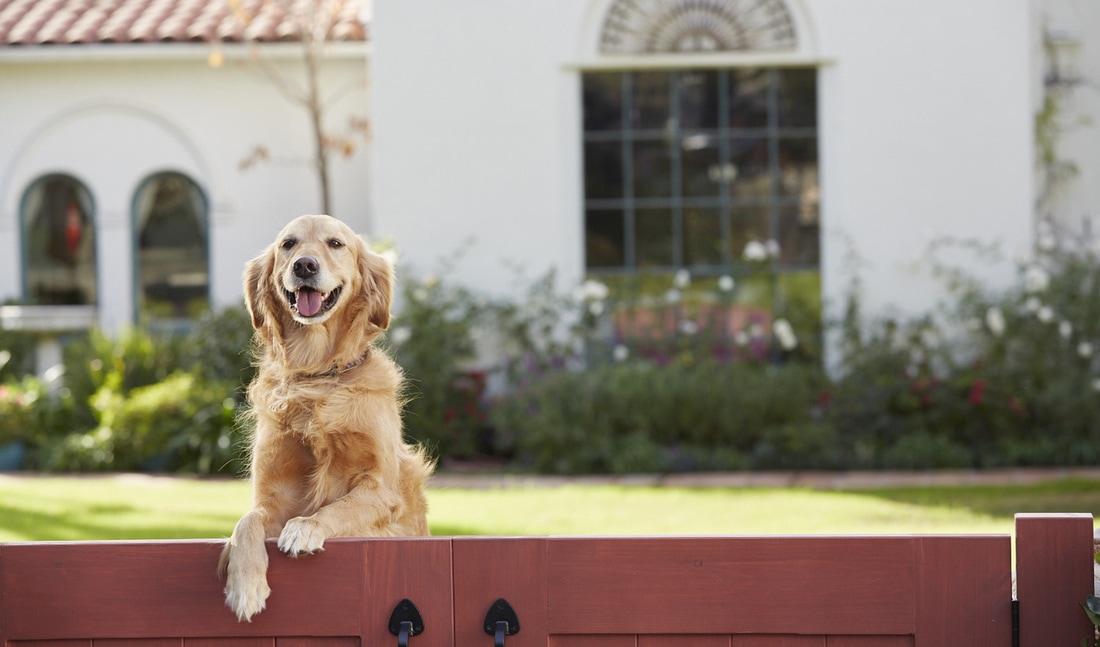
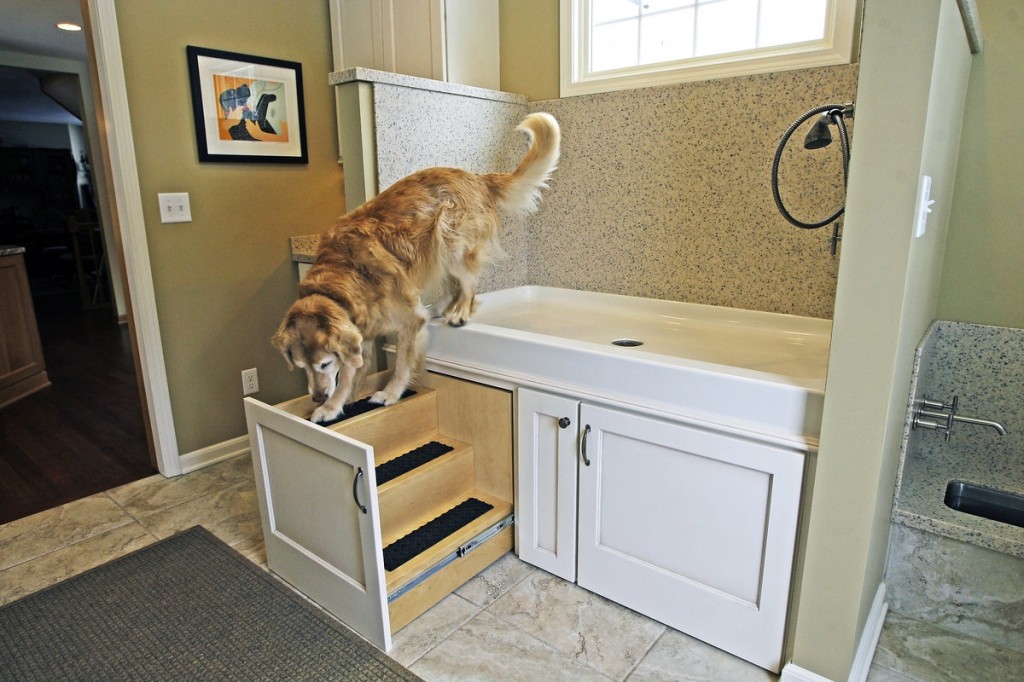
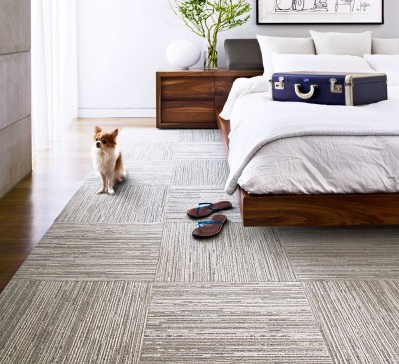
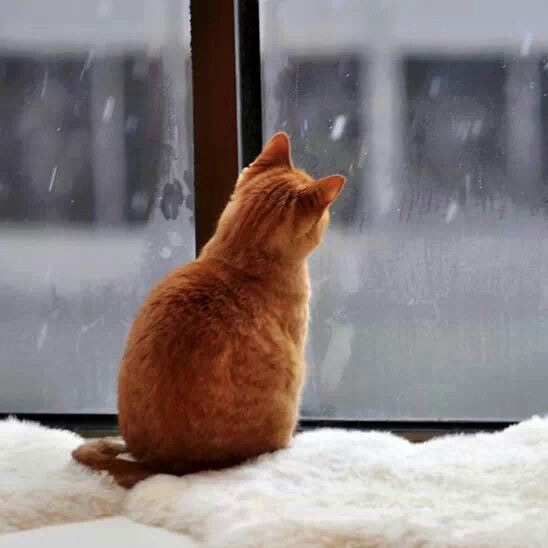
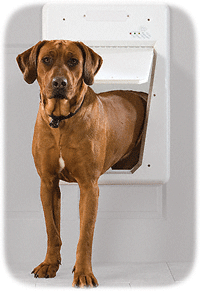
 RSS Feed
RSS Feed